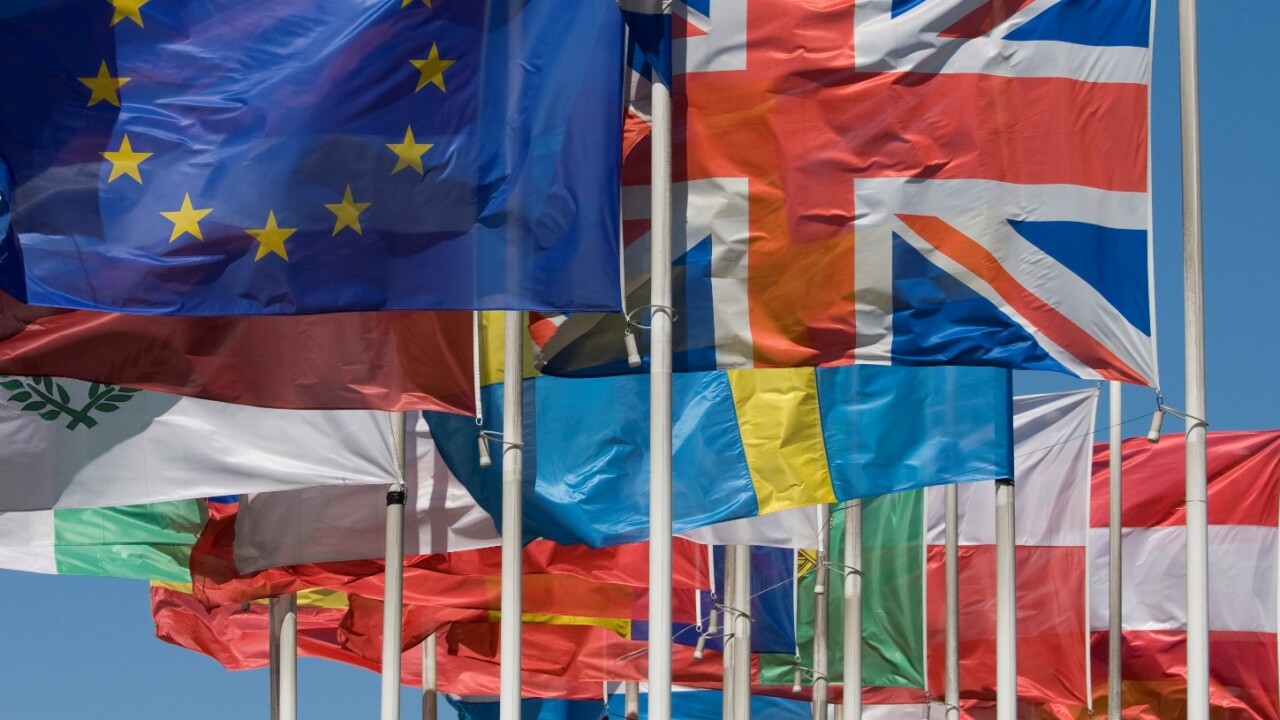
“Digital” and “copyright” are two terms often intertwined, with the ubiquity of Web-enabled devices creating a seemingly unstoppable vehicle for pilfered content.
Indeed, in May last year the European Commission (EC) set out its “blueprint” for intellectual property rights, to boost creativity and innovation in the EU. It also laid out its plans for a single, digital intellectual property market, as it seeks to modernize and implement incentives to help streamline the royalty-collection process. That’s just one facet of the problem though.
Earlier this morning, EC powers held an “orientation debate” on content in the so-called digital economy. The purpose? To agree a way forward in terms of modernizing copyright legislation in the digital era. The EC reckons the European digital economy will grow seven times faster by GDP in the coming years, and the challenge it sees is in ensuring that copyright is fit for purpose, and all the involved parties are properly recompensed for their efforts.
“Good progress has been made in implementing the May 2011 Intellectual Property Rights Strategy, but there remain a series of issues which need to be addressed to ensure an effective single market in this area,” said the EC’s statement today.
“The Commission will therefore work for a modern copyright framework that guarantees effective recognition and remuneration of rights holders in order to provide sustainable incentives for creativity, cultural diversity and innovation; opens up greater access and a wider choice of legal offers to end users; allows new business models to emerge; and contributes to combating illegal offers and piracy.”
With that in mind, the EC has highlighted two main routes to achieving its goals, which will run in tandem with each other. The first one relates to “stakeholder dialogue” which will be launched in 2013, with a view towards addressing six issues (see below) it sees as needing urgent attention. And the second involves completing relevant market studies, impact assessment and legal-drafting work. A decision, it hopes, will be reached in 2014 on whether legislative reform proposals will be needed.
In terms of the six issues identified as needing “rapid progress” in 2013, they are as follows:
A.) Cross-border portability: consumers who have lawfully acquired content in one Member State (for example music, books and videos) often face difficulties when they want to access this content while in another Member State. The key issue here is territoriality of copyright.
B.) User-Generated Content: on average, every minute, people upload around 100 video to video-sharing sites and over 150,000 photos to photo-sharing sites. Sometimes this content “re-uses” existing material to produce interesting new content (a home-made in which new images are put over an existing musical work and uploading it onto a video-sharing site) The major challenge for such users is to know whether the use of that content requires permission, and if so how to get it.
C:) Text and data mining: an automated research technique for the purpose of scientific research. An example of this technique is researchers analyse and find patterns in existing scientific information. In addition to a licence for access to the content, this activity requires the permission from each right-holder to copy and reformat each of the huge number of works concerned for the purpose of such analysis.
D.) Private copying levies: twenty Member States have national legislation on private copying levies for goods which can be used to produce copies. As a result, the prices of these goods vary widely across borders. Manufacturers have increasingly complained about this approach while rights holders continue to strongly support it.
E.) Insufficient (cross-border) access to audiovisual works online (such as films and television shows). The licensing of such audiovisual content for online access should be further facilitated. These issues were addressed in the Green Paper on online access to audiovisual works for which follow up is planned in 2013.
F.) European cultural heritage should be more widely accessible to citizens. Although the copyright framework provides for exceptions for the activities of cultural heritage institutions (such as archives, libraries, galleries and museums), Member States implement them differently. As a result, many works remain hidden in cultural institutions: only 15% of Europe’s film heritage is currently available to the European citizen.
Feature Image Credit – Thinkstock
Get the TNW newsletter
Get the most important tech news in your inbox each week.




